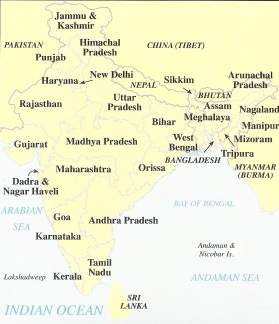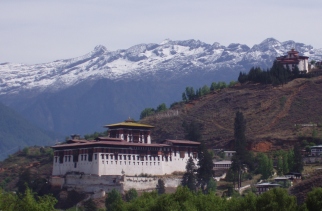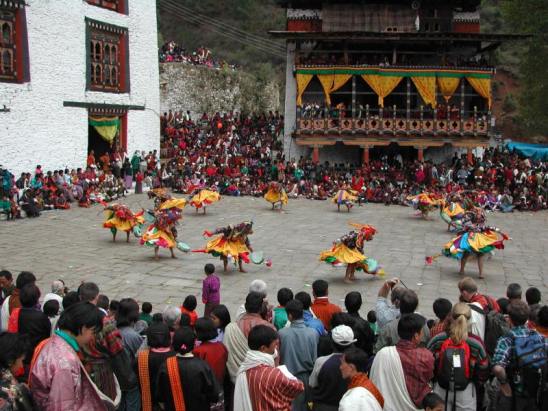Where is Bhutan?
Tucked away in the Himalayas to the East of Nepal and Sikkim and to the North of Bangladesh, Bhutan has common international boundaries only with India and Tibet.
The terrain ranges from the plains of Northern India (almost at sea level) through to the highest Himalyan peaks. The highest mountain in Bhutan is Kulha Gangri at an altitude of 7554 m. (almost 24,800 ft)
South Asia



